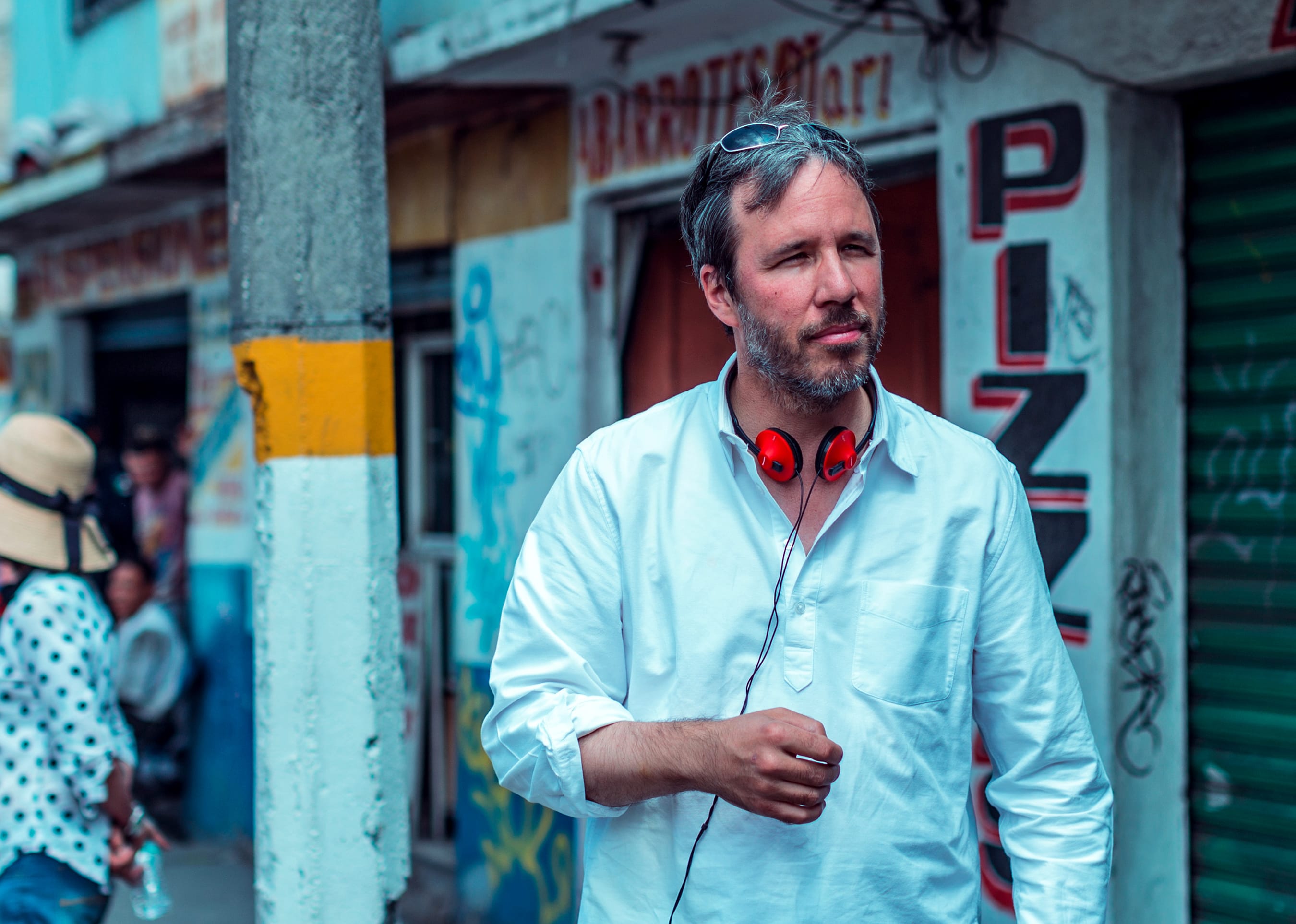Is Denis Villeneuve ready for the big time?
When the French Canadian filmmaker’s work was first was shown in Washington, in 2009, it was in the form of a 12-minute art film at the Hirshhorn Museum and Sculpture Garden called “Next Floor.” Although his work has gotten steadily more mainstream since then, with two of his movies nominated for Oscars (“Incendies” and “Prisoners”), until recently Villeneuve hadn’t seemed ready to entirely leave his arthouse roots behind. Case in point, “Enemy” was a surreal head-scratcher about a man (Jake Gyllenhaal) who encounters his double.
But Villeneuve’s latest film, “Sicario,” is a big-budget action thriller about the U.S. war on Mexican drug cartels, featuring Emily Blunt, Benicio Del Toro and Josh Brolin. His next project, due out in 2016, is “Story of Your Life,” a sci-fi drama about a linguist (Amy Adams) enlisted by the government to translate an alien language after ETs land on Earth. After that is a planned sequel to what many consider a sci-fi classic: “Blade Runner.”
We chatted with the director by phone.
The themes of “Sicario” — revenge, sin, secrets — are a refrain that you have explored in earlier works. What interests you about the darkness of the human soul?
In “Incendies,” “Prisoners” and “Sicario,” there’s this idea that revenge is a negative force that brings no peace, that we are enslaved by our pasts. All those movies are extreme metaphors for the dark forces inside us that, if you don’t deal with them, you are not really free. I am amazed by the power of the subconscious. It’s like the soil where I plant the seeds of my movies.



